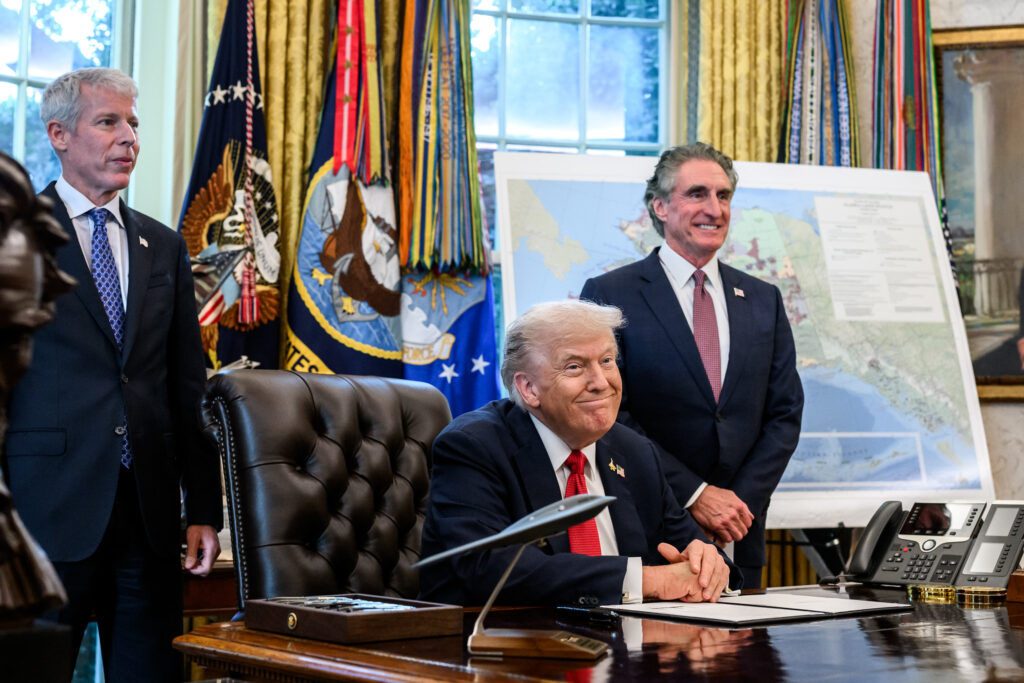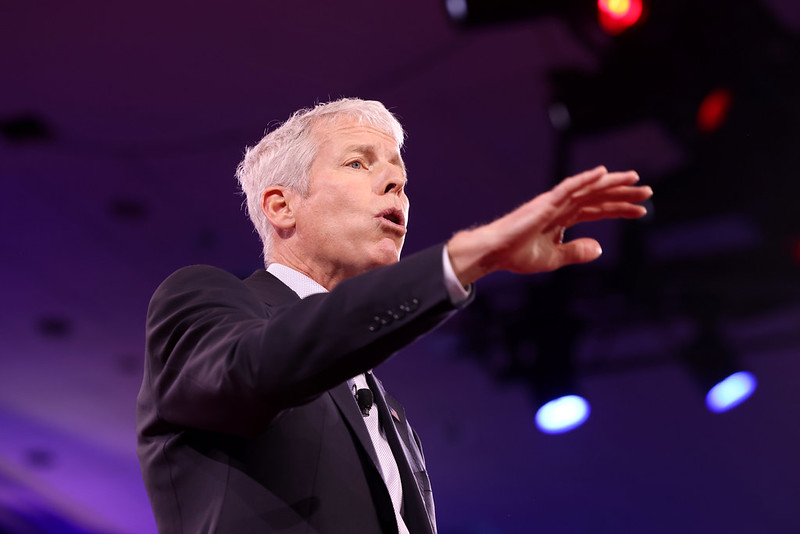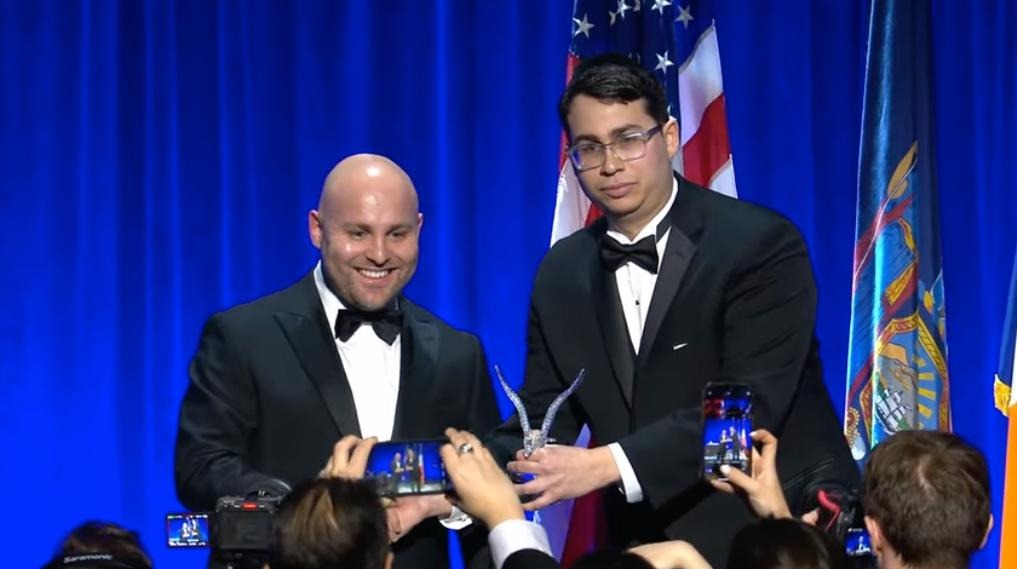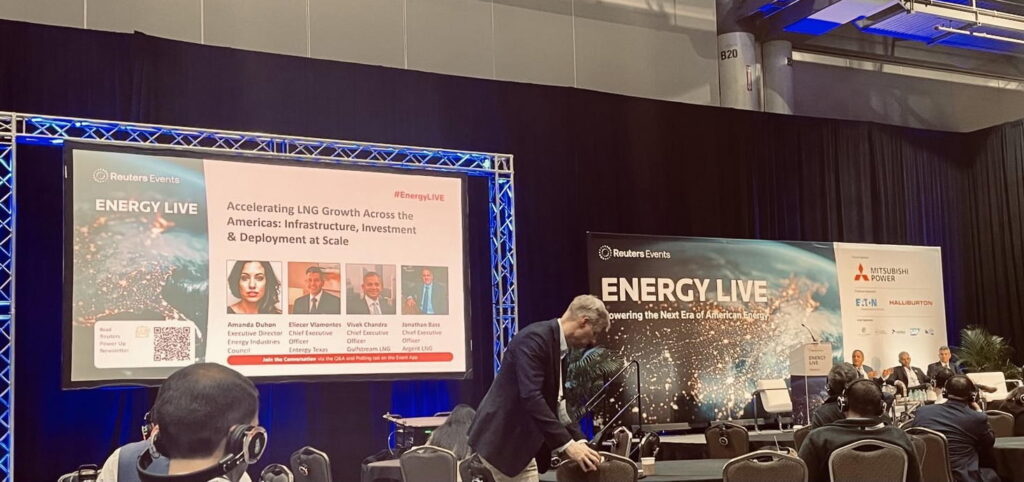A renewable energy economy may emerge from the heart of Canada’s oil industry thanks to announcements made in Alberta’s provincial budget last week. The budget promises spending $51.5 billion in 2016 despite resource royalties projected to be as low as $1.4 billion, representing a 90 per cent drop.
The province pledged $2.2 billion for clean infrastructure, $645 million for energy efficiency and unveiled an expanded carbon levy that the government estimates will generate $3.4 billion for renewable energy development. An additional $195 million has been set aside to help First Nations communities transition off coal and onto cleaner sources of energy.
“We’re very proud of our climate leadership plan as a progressive way to bend the curve on carbon,” Finance Minister Joe Ceci said in a press conference Thursday.
Sara Hastings-Simon, director of the clean economy program at the Pembina Institute, commended the province’s decision to expand the carbon levy to beyond industrial emitters.
“We know it is the most efficient way to reduce emissions in the province,” she said.
Although Alberta was the first jurisdiction in North America to implement a carbon tax, the levy applied only to emitters producing more than 100,000 tonnes of greenhouse gas emissions. New changes to the “polluter pays” legislation means the levy will now be economy-wide and set to scale up from $15 to $30 per tonne by 2018.
The government forecasts the scaled-up tax will generate $9.6 billion in gross revenue over five years.
Hastings-Simon said the new legislation — which taxes all consumers at the same rate as industry — includes a rebate option for small consumers and lower income Albertans.
“At the end of the day 60 per cent of Albertans are not going to owe anything under the system,” Hastings-Simon said, adding the program is likely help the province work towards its climate targets.
“With a flat rebate you’re incentivizing folks to reduce emissions further as they end up with more money in their pockets as they reduce emissions.”
The province will also start up a new agency, Energy Efficiency Alberta, that will help homeowners reduce emissions in their households.
On Thursday Minister Ceci announced the $3.4 billion generated from the carbon levy would be dedicated to clean energy projects through a bidding system adjudicated by the Alberta Electric System Operator. Bidding will start at the end of the year.
“By combining private sector incentives, the market guides you to where you should be investing government money,” Hastings-Simon said.
Greenpeace Canada climate and energy campaigner Mike Hudema said the new tranche of funds could definitely help jumpstart the province’s renewable energy sector.
“Alberta is finally going to take advantage of the tremendous renewable energy potential that it has,” he said.
He added the government should ensure money is also available to community-based projects. Structural change, to address the way energy is owned in the province, should also part of this new system, he said.
“We need to see a prioritization on municipal, farmer association and First Nation ownership so that the benefits are flowing into our communities rather than out of them,” Hudema said.
The government did set aside $195 million specifically for First Nations’ energy transition, but there has been no indication of how that money will role out.
Jesse Cardinal of Keepers of the Athabasca said she hopes that however those funds are delivered, the process be done in consultation with First Nations.
“Consultation is making a plan together, so I would hope that’s how Alberta is going to go with that $195 million,” Cardinal said. “Different First Nations have different ideas of how they want to move away from coal.”
Cardinal was instrumental in establishing a solar program the Fort Chipewyan First Nation now operates. In 2014, securing funding for the $14,000 project was not easy, she said.
Now two more First Nations, the Beaver Lake Cree First Nation and Fort McMurray First Nation, are looking to implement their own solar projects.
The government’s current funding outline includes specific solar project targets and Cardinal hopes the road will be easier for First Nations going forward.
“That’s the next step we need to take is to ensure dollars are available for everybody,” she said. “This is one step of many steps, the beginning of a long road ahead of how we need to change.”
Image: Premier Rachel Notley and Finance Minister Joe Ceci host a pre-budget town hall in Fort McMurray, the home of the Alberta oilsands. Province of Alberta/Flickr.
Subscribe to our newsletter
Stay up to date with DeSmog news and alerts






